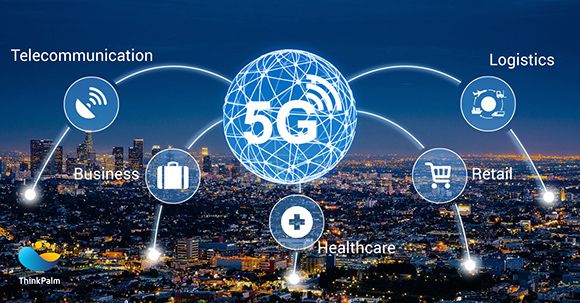Edge computing is a distributed computing paradigm that brings computation and data storage closer to the source of data generation, enabling real-time processing and analysis of data at the edge of the network. By decentralizing data processing and reducing latency, edge computing offers numerous benefits for businesses and organizations across various industries, including improved performance, enhanced reliability, and greater efficiency.
One of the key advantages of edge computing is its ability to reduce latency and improve response times by processing data closer to the point of origin. Unlike traditional cloud computing, where data is sent to centralized data centers for processing, edge computing enables data to be processed locally on edge devices or edge servers, reducing the time it takes for data to travel back and forth between devices and the cloud. This real-time processing capability is particularly important for applications that require low latency, such as autonomous vehicles, industrial automation, and remote monitoring, where split-second decisions can mean the difference between success and failure.
Furthermore, edge computing offers greater resilience and reliability by reducing dependence on centralized data centers and network infrastructure. By distributing computing resources across multiple edge nodes or devices, edge computing ensures that critical applications and services remain operational even in the event of network outages or disruptions. This decentralized architecture also improves fault tolerance and load balancing, ensuring consistent performance and availability for users and devices.
Another key benefit of edge computing is its ability to conserve bandwidth and reduce data transmission costs by processing data locally and sending only relevant information to the cloud. This is particularly important for applications that generate large volumes of data, such as IoT devices and sensors, where transmitting all data to the cloud for processing and analysis can strain network resources and incur high data transmission costs. By pre-processing and filtering data at the edge, organizations can optimize bandwidth usage, reduce data transfer times, and lower operational costs associated with cloud computing.
Moreover, edge computing enables organizations to extract real-time insights and derive actionable intelligence from data at the source, enabling faster decision-making and more efficient operations. By analyzing data locally on edge devices or edge servers, organizations can identify trends, patterns, and anomalies in real-time, enabling proactive maintenance, predictive analytics, and optimization of resources. This real-time intelligence empowers organizations to respond quickly to changing conditions and make informed decisions that drive business outcomes and competitive advantage.
Overall, edge computing represents a paradigm shift in how data is processed, analyzed, and acted upon in the digital age. By decentralizing data processing and bringing computation closer to the source of data generation, edge computing offers numerous benefits, including reduced latency, improved reliability, bandwidth optimization, and real-time insights, that enable organizations to innovate, adapt, and thrive in an increasingly connected and data-driven world.





